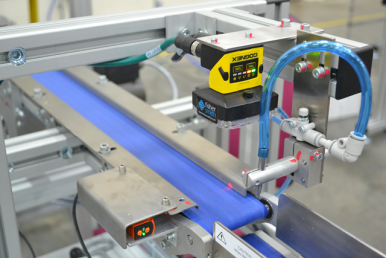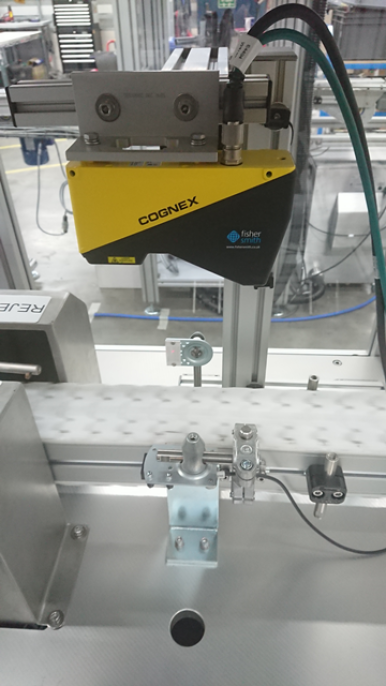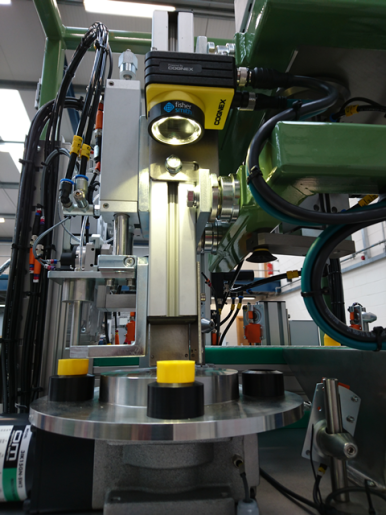Seeing Double: How Unreliable Vision Systems Can Fool Your Factory
We've all been there. You invest in a new vision system, excited about the potential for improved quality control and smoother production. But then, things start to go sideways. The system starts rejecting perfectly good parts or letting faulty ones slip through. Suddenly, you're faced with a dilemma: maintain production flow or risk compromising quality?
The Double-Edged Sword of Unreliable Vision Systems
Vision systems are supposed to be our quality champions, helping us maintain high standards while freeing up valuable time. But when they're not set up properly, they can become a double-edged sword. Here's how:
- False Rejections: The system might become overly cautious, rejecting good parts for minor imperfections. This frustrates operators who are under pressure to meet production targets. In an effort to keep things moving, they might adjust settings, compromising the system's effectiveness.
- Operator Distrust: On the other hand, if the system frequently throws up false positives, operators begin to lose faith in its accuracy. This can lead to them ignoring real rejections, undermining the entire quality assurance process.
Case Study: A Cautionary Tale
We've seen firsthand how unreliable vision systems can disrupt production. One factory, eager to automate their inspection process, installed a new system without proper setup or operator training. The result? An increase in false rejections, frustrated operators, and ultimately, defective parts reaching the customer. This is a scenario we want to help you avoid.
Building Trust and Efficiency: The Key to Success
So how do we ensure vision systems become a valuable asset, not a source of frustration? Here's the key:
- Invest in the Setup: Proper calibration, lighting, and software configuration are crucial for reliable performance. Don't underestimate the importance of a thorough initial setup.
- Ongoing Maintenance: Regular checkups and recalibrations are essential for maintaining accuracy and preventing drift.
- Empower Your Team: Train operators on using and interpreting the system effectively. They should understand its role in quality control and how to identify minor issues without compromising accuracy.
- Open Communication: Establish clear communication channels where operators can report problems without hesitation.
- Real-Time Monitoring: Keep an eye on the system's performance through real-time monitoring tools. Identify anomalies early and make adjustments before issues escalate.
Fisher Smith Ltd.: Your Vision System Partner
At Fisher Smith Ltd., we understand the challenges associated with unreliable vision systems. That's why we take pride in creating robust, customised solutions tailored to your specific needs. We handle everything from the initial setup to ongoing maintenance, ensuring your vision system becomes a reliable partner, not a source of headaches.
Our Solutions:
- Unmatched Accuracy: Advanced calibration techniques and cutting-edge technology guarantee you catch the real defects, not phantom ones.
- Reduced False Rejects: We fine-tune the system to distinguish between harmless variations and actual problems.
- Streamlined Operations: User-friendly interfaces and comprehensive training programs make the system a breeze to use for all your team members.
- Continuous Improvement: Real-time data and feedback mechanisms help you constantly optimise your vision system's performance.
Don't Let Your Vision Be Duped
Reliable vision systems hold the power to revolutionise your quality control process and boost efficiency. But poorly set up systems can create more problems than they solve. By prioritising a meticulous setup, ongoing maintenance, and clear communication, you can ensure your vision system becomes a valuable asset.
Get in touch and let us know about your frustrations. Let's see how we can help you.



